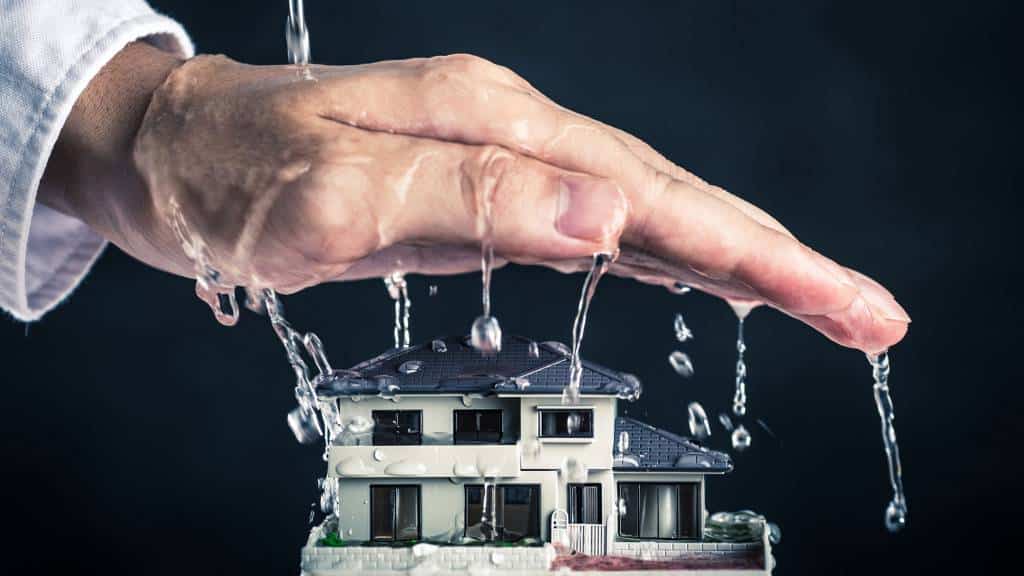The Six Most Common Sources of Water Leaks in Your Home: How to Identify and Address Them
The Six Most Common Sources of Water Leaks in Your Home: How to Identify and Address Them
Blog Article
How do you actually feel with regards to How to Find Water Leaks?

Leakages not just create waste of water yet can additionally create unneeded damages to your house and advertise unwanted organic growth. Water leakages may go unnoticed because many of the pipework in our residence is hidden. By looking and recognizing for day-to-day scenarios that create leakages, you can protect your residence from future leakages and also unnecessary damages. Today, we will look at 6 leak triggers that might be triggering your pipes to drip.
Instant temperature level adjustments.
Extreme temperature modifications in our pipes can create them to broaden and also contract all of a sudden. This expansion and also contraction might trigger cracks in the pipelines, specifically if the temperature are below freezing. If you kept an eye on how your plumbing works, it would certainly be best. The visibility of the previously pointed out situations regularly shows a high danger.
Rusty water systems
As time passes by, your plumbing system ages and also rust such as corrosion may begin gnawing the pipes. This might be the source of staining or warping on your water pipes. This calls for an inspection with your plumber immediately. If our plumbing system is old, think about replacing the pipelines because they go to a higher threat of deterioration than the newer models.
Defective Pipeline Joints
Pipe joints can deteriorate over time, resulting in water leakages. If you have loud pipelines that make ticking or banging noises, especially when the hot water is transformed on, your pipe joints are probably under a whole lot of stress.
Intruding roots
Many water leaks start outside the home rather than inside it. You could notice wet patches or sinkholes in your lawn, as well as that might suggest that tree origins are invading water lines causing water to permeate out.
Poor Water Connectors
At times, a leak can be created by loose hose pipes and pipelines that supply your devices. In situation of a water connections leakage, you may discover water running straight from the supply line or pools around your home appliances.
Obstructed Drains
Blocked drains could be bothersome as well as inconveniencing, yet they can in some cases wind up causing an overflow causing burst pipelines. Keep removing any products that might go down your drains pipes that can block them to stay clear of such troubles.
All the above are causes of leaks but not all water leakages result from plumbing leakages; some leaks might originate from roof leaks. All leakages need to be repaired promptly to stay clear of water damages.
Leakages not only cause waste of water however can additionally create unnecessary damage to your home and also advertise unwanted organic growth. By looking and understanding for day-to-day situations that trigger leakages, you can shield your home from future leaks and unnecessary damage. Today, we will look at six leakage triggers that might be triggering your pipelines to trickle.
At times, a leakage can be caused by loose hoses and pipes that supply your home appliances. In case of a water connections leakage, you may observe water running directly from the supply line or puddles around your home appliances.
How To Check For Water Leak In Your Home
How To Check for Leaks
The average household's leaks can account for nearly 10,000 gallons of water wasted every year and ten percent of homes have leaks that waste 90 gallons or more per day. Common types of leaks found in the home are worn toilet flappers, dripping faucets, and other leaking valves. These types of leaks are often easy to fix, requiring only a few tools and hardware that can pay for themselves in water savings. Fixing easily corrected household water leaks can save homeowners about 10 percent on their water bills.
To check for leaks in your home, you first need to determine whether you're wasting water and then identify the source of the leak. Here are some tips for finding leaks:
Take a look at your water usage during a colder month, such as January or February. If a family of four exceeds 12,000 gallons per month, there are serious leaks.
Check your water meter before and after a two-hour period when no water is being used. If the meter changes at all, you probably have a leak.
Identify toilet leaks by placing a drop of food coloring in the toilet tank. If any color shows up in the bowl after 10 minutes, you have a leak. (Be sure to flush immediately after the experiment to avoid staining the tank.)
Examine faucet gaskets and pipe fittings for any water on the outside of the pipe to check for surface leaks.
Undetected water leaks can happen without the home or business owner even realizing. If you suspect a water leak, but not able to find the source. It is time to contact a professional water leak detection service, The Leak Doctor.
How To Find a Water Leak In Your Home
https://www.leakdoctor.com/blog/How-To-Check-For-Water-Leak-In-Your-Home_AE197.html

I am just very interested in Common Water Leaks In House and I hope you liked the entire piece. Feel free to take the time to promote this article if you enjoyed it. Thanks a lot for your time. Come back soon.
View More Report this page